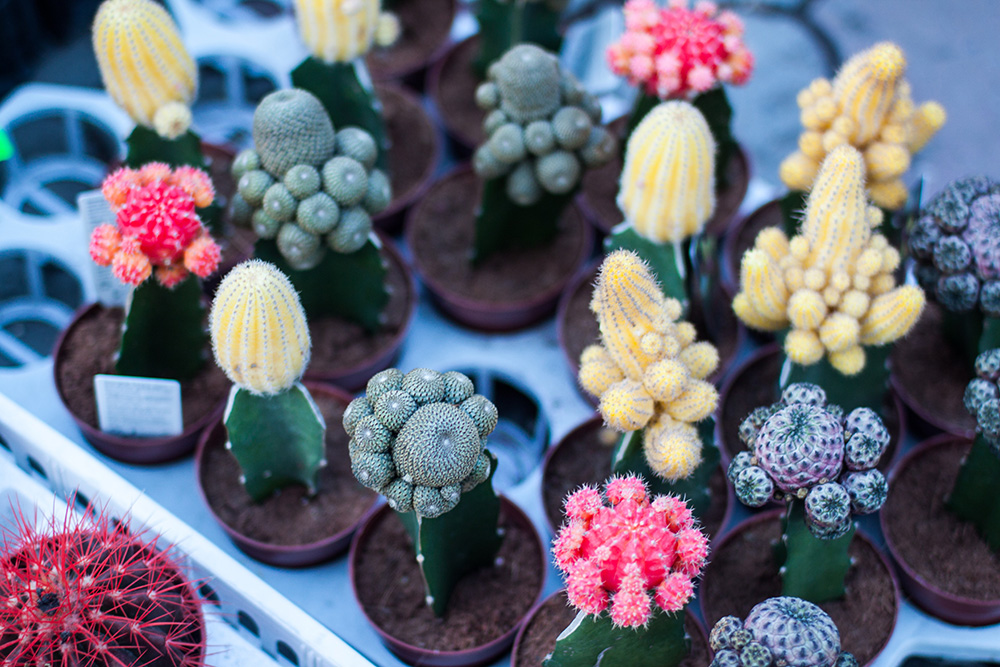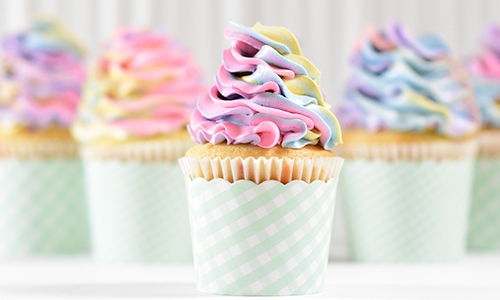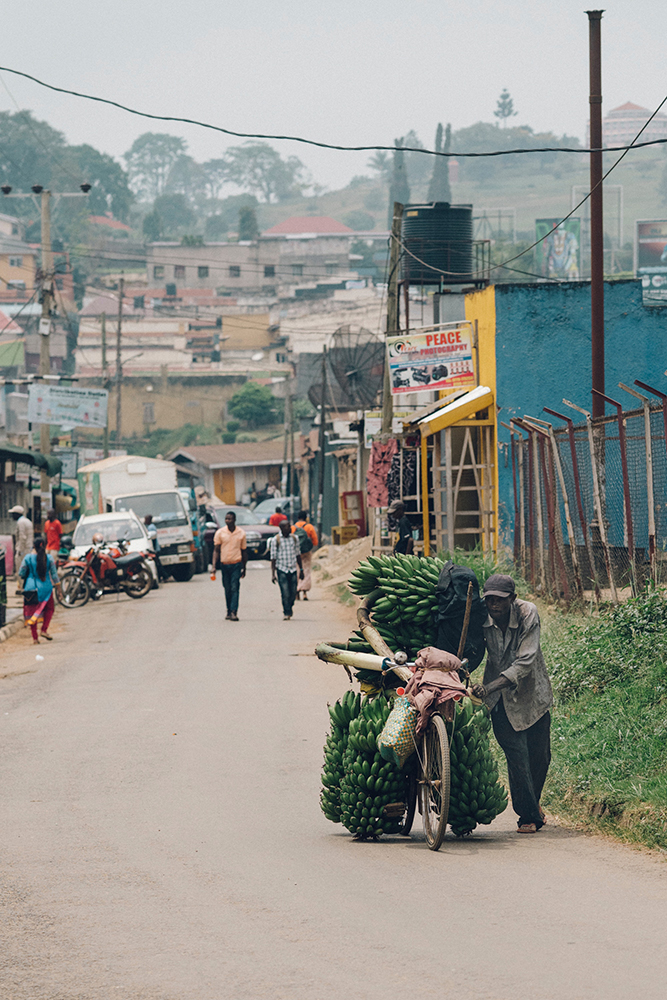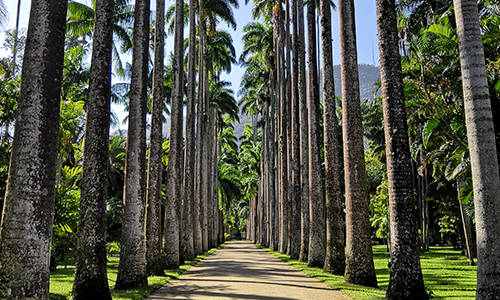Astronauts aboard the International Space Station are set to welcome a most unusual guest, as “the Blob” blasts off into orbit on Tuesday.
An alien on its own planet, the Blob is an unclassifiable organism neither fish nor fowl. Nor is it plant, animal or fungus.
As such, Physarum polycephalum a type of slime mould has long fascinated scientists and will now be part of a unique experiment carried out simultaneously by astronauts hundreds of kilometres above the Earth and by hundreds of thousands of French school students.
The slime mould first appeared on Earth around 500 million years ago, and defies conventional biology because it is made up of one cell with multiple nuclei.
While most organisms grow and reproduce through the division and multiplication of cells, Physarum polycephalum does not.
“It is a single cell that grows without ever dividing,” explains Pierre Ferrand, professor of Earth sciences and life seconded to French space agency CNES, one of the people behind the project.
Another oddity: “When most organisms make do with two sex types, the Blob has more than 720. It is an organism ‘with drawers’ which tells us that life consists of multitude originalities,” he says.
What one’s cell can do
A yellowish, spongy mass, the slime mould lacks a mouth, legs or brain.
Yet despite these apparent disadvantages, the mould eats, grows, moves albeit very slowly and has amazing learning abilities.
Because the Blob’s DNA floats freely around inside its cell walls rather than being contained inside a nucleus it can “slough off” parts of itself at will.
It can also enter a dormant state by dehydrating called “sclerotia”.
And it is several pieces of sclerotia that will embark on their odyssey aboard an ISS refuelling freighter.
When rehydrated in September, four sclerotia each about the size of the average pinky fingernail will be roused from their torpor in their Petri-dish beds.
The samples both shorn from the same “parent Blob cell” (labelled by scientists as LU352) will undergo two protocols: one will deprive certain sub-Blobs of food; the others will be able to gorge out on a food source porridge oats.
The goal is to observe the effects of weightlessness on this organism but as an educational experience, a giant school experiment that reaches into space. There are no scientific papers expected as part of the mission’s design.
“Nobody knows what its behaviour will be in a microgravity environment: what direction will it move in? Will it take the third dimension by going upwards, or go sideways?” asks Ferrand.
“I’ll be curious to see if it develops by forming pillars,” says Blob specialist Audrey Dussutour, director for the Centre for Research on Animal Cognition in Toulouse.
Meanwhile, back on Earth, thousands of specimens cut from the same LU352 strain will be distributed to about 4,500 schools and colleges in France.
“More than 350,000 students will ‘touch’ the Blob,” says Christine Correcher, who runs the space agency’s educational programme.
At the end of this month, teachers will receive kits containing three to five sclerotia.
When the sections of the Blob are revived in space, their cohorts will also be rehydrated on Earth.
Observations will then begin to compare the differences in how the samples in space adapt compared with those on Earth which may cast light on fundamental questions surrounding the basic building blocks of life. AFP







